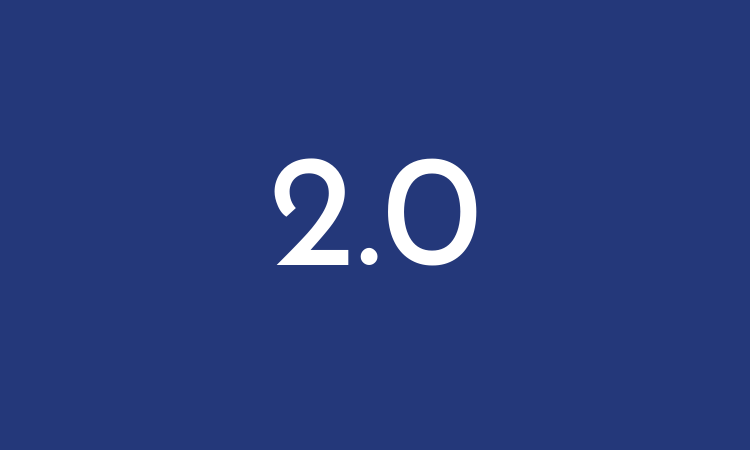Blockchain and Crypto, Member Exclusive
Is the move to Ethereum 2.0 a watershed moment for crypto?
- Ethereum 2.0 involves a set of upgrades that will move Ethereum from a Proof-of-Work to a Proof-of-Stake consensus mechanism.
- The transition is being touted as a game-changer not just for Ethereum, but for blockchain itself.








